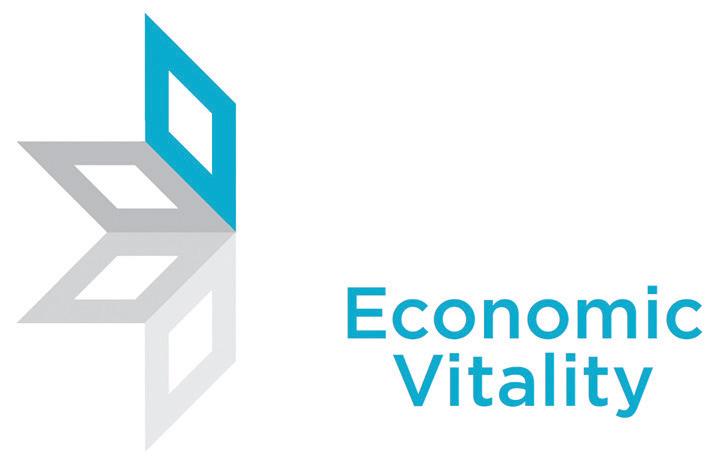GLOSSARY OF TERMS ECONOMIC DEVELOPMENT TERMS Local Economic Development (LED) has its own language and terminology. Terms such as capacity building, empowerment, indigenous development and social capital are common and are used by a variety of actors in the local economic development field. However, many of the terms surrounding local economic development require a considerable amount of interpretation, comprehension and negotiation when applied “on the ground� in different institutional settings. In recognizing that some of these terms are not universally understood, the following provides an understanding to this terminology by describing the more commonly used words and acronyms. Additionality: The principle that funding from a particular source is additional to that provided by national and local authorities. The additionality principle requires that funds awarded for a project should not be used merely to substitute or replace existing funds, but for additional projects and activities. Brownfield: A general term used for sites that have been developed in the past that may or may not be contaminated. Sustainable economic development strategies encourage the beneficial reuse of these sites, even though this may be more expensive than building or developing (new, to date undeveloped) greenfield sites. Business incubators: An economic development tool primarily designed to help create and grow new business in a community within a specific building or location. Business incubators help emerging businesses by providing various support services such as assistance with developing business and marketing plans, building management skills, and obtaining capital and access to more specialized services. They also provide flexible space to rent, shared equipment, and administrative services in managed workspace. Business retention strategy (BRS): Systematic efforts designed to keep local companies content at their present locations within the city area. Strategies include helping companies cope with changing economic conditions, addressing new markets, and even assisting with internal company problems. Business start-up support: Business support includes the full range of services available to people starting in business for the first time. Initiatives include training, business advisory support, business networking and mentoring, and financial assistance. (Grants, loans and interest rate subsidies are traditional methods; a more innovative approach to financial support is to try and attract as much private sector investment as possible, rather than public sector).
64 | NEW MANAGER’S HANDBOOK | GEORGIAMAINSTREET.ORG
Cluster: A grouping of related industries and institutions in an area or region. The industries are inter-linked and connected in many different ways. Some industries in the cluster will be suppliers to others; some will be buyers from others; some will share labor or resources. The important thing about a cluster is that the industries within the cluster are economically linked, they both collaborate and compete, and are, to some degree, dependent upon each other; ideally, they take advantage of synergies. Entrepreneurial training: Programs that provide guidance and instruction on business basics (such as accounting and marketing) so that businesses improve their chances of success. Export development service: can help businesses diversify their customer base, expand operations, and become more profitable. Export services include assessing company capacity for exporting; market research; information services (on exporting, trade regulations, transportation, etc.); international lead generation; and trade shows/exhibitions or promotional marketing trips. Foreign Direct Investment (FDI): Investment attracted from abroad. It can mean either greenfield investment (i.e., investment in building new facilities on hitherto undeveloped sites) or portfolio investment (i.e., buying into an established business). Inward investment can take similar forms (either greenfield or portfolio). However, it could include investment from within your country as well as from abroad. Gap financing: A kind of loan granted for the purpose of fulfilling a financial obligation in the meantime, while the borrower is in the process of securing sufficient funds to make a full payment or find a more stable financing scheme. Also often referred to as a bridge loan or interim financing. Greenfield: Refers to factories and offices being built on land that has hitherto not been developed. Greenfield investments also imply that facilities are designed and built for investors, rather than the investor buying a facility already built. Growth node: A physical location where industry and/or commercial development is deliberately directed; done either to reduce growth pressures elsewhere in the city or to redistribute growth within a city. Forward strategy: Sometimes described as an exit or succession strategy, forward strategy is an arrangement to continue the life of projects after initial project funding stops. This should be established at the outset of all projects that are likely to need ongoing capital or revenue resources after the initial period of establishing the project. Hard infrastructure: includes all the tangible physical assets that contribute to the economy of a city. For example, transport infrastructure (roads, railways, ports, and airports), industrial and commercial buildings, water, waste disposal, energy, and telecommunications. See also soft infrastructure.








